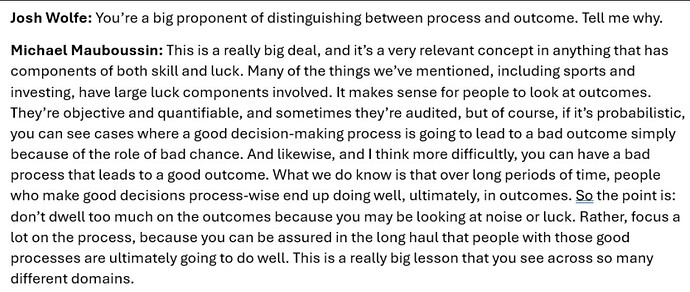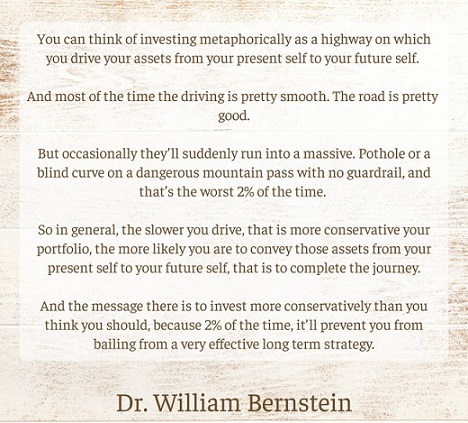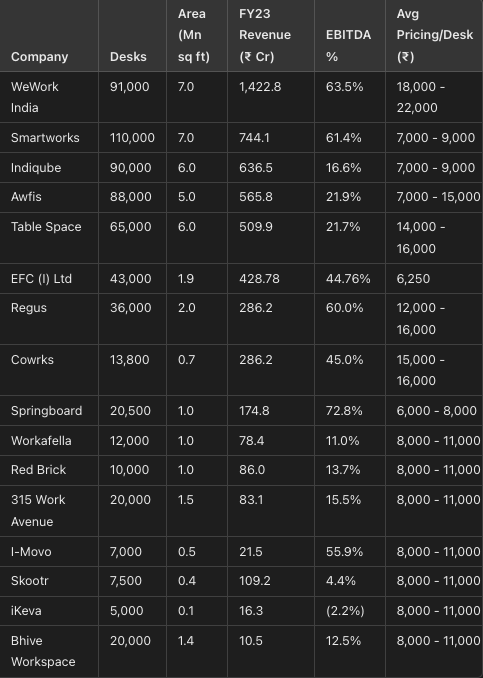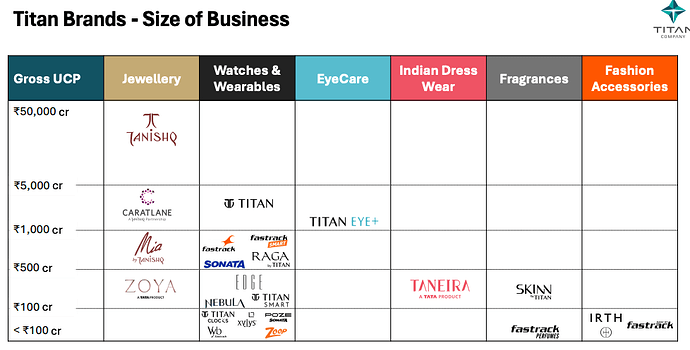Russell Napier’s 21 lessons offer profound insights into the complexities of economics and investing. By understanding and applying these principles, we can navigate the markets more effectively and make informed decisions that align with our long-term success.
1. Analyze Supply and Demand Equally
When evaluating markets, it’s crucial to spend as much time analyzing supply as you do demand. Focusing solely on one side can lead to skewed conclusions and missed opportunities.
2. GDP and Equity Returns
Contrary to popular belief, GDP growth has no direct relation to future equity returns. Understanding this disconnect can help investors make more informed decisions.
3. Gordon Pepper’s Law
When you encounter something unsustainable, estimate how long it can last, then double that period and subtract a month. This approach helps in managing expectations and risks.
4. The Power of Incentives
Incentives drive behavior. When faced with tough choices, governments will often prioritize controlling exchange rates over other factors. Always consider the underlying incentives in economic policies.
5. Government Market Preferences
Governments support markets as long as they produce favorable outcomes. Recognize that governments are not neutral actors; they have vested interests and take sides.
6. Corporate Profits Mean Reversion
Corporate profits tend to revert to the mean relative to GDP. This strong trend is likely to continue in free societies, providing a reliable indicator for long-term investments.
7. Assessing Monetary Policy
Evaluate monetary policy by looking at both the quantity of money and interest rates. A holistic view provides a clearer picture of economic conditions.
8. The Dangers of Speculation
The most dangerous form of speculation is the reach for yield. Chasing higher returns without considering the risks can lead to significant losses.
9. Populism and Constitutions
Populism poses little threat to countries with strong constitutions. Robust legal frameworks can withstand political fluctuations and safeguard economic stability.
10. Predicting Debt Defaults
A country’s history of debt defaults is the best predictor of future defaults. Past behavior often indicates future risks, providing a critical warning sign for investors.
11. Equity Valuations and Inflation
High equity valuations tend to decrease slowly with inflation but fall rapidly with deflation. Understanding this relationship helps in timing market entries and exits.
12. Emerging Market Equity
Avoid investing in emerging market equity if the country’s exchange rate is overvalued. Overvaluation can lead to sudden corrections and significant financial losses.
13. Tourism as an Indicator
Tourism is a reliable indicator of an overvalued exchange rate. High tourism inflows often signal that a currency is too strong, which can precede a devaluation.
14. CAPE and Equities
Buy equities when the CAPE (Cyclically Adjusted Price-to-Earnings) ratio is below 10, except under certain conditions: if you foresee communism or fascism, potential war destruction, or a new currency regime with an overvalued exchange rate.
15. Democracy and Capital Controls
Democracies are better suited to implementing capital controls than allowing free movement of capital. Political stability and public support can facilitate effective economic policies.
16. Inflation Without Printing
Governments do not need to print money to inflate away debts; they can use citizen savings through financial repression. Thus, hyperinflation is unlikely in the developed world.
17. Technology and Inflation
Despite advancements, technology does not defeat inflation. Technological progress may drive efficiency, but inflationary pressures persist due to various economic factors.
18. Monetary System Failure Cycle
Monetary systems tend to fail about every 30 years. This cyclical nature necessitates preparedness for systemic changes and disruptions.
19. Money Disequilibrium
Money is almost always in disequilibrium. Constant adjustments and imbalances are inherent in monetary systems, requiring vigilant analysis and adaptation.
20. Decimal Point Forecasts
Never trust a forecast with a decimal point. Such precision often masks underlying uncertainties and can be misleading.
21. Extrapolation
Extrapolation is the opiate of the people. Relying on past trends to predict future outcomes can lead to complacency and poor decision-making.
Here’s the video (in case you’re interested in his 60-min talk) https://www.youtube.com/watch?v=S5NA0nS2o-8
Credit: used chatgpt 4o for clarity and easy reading








